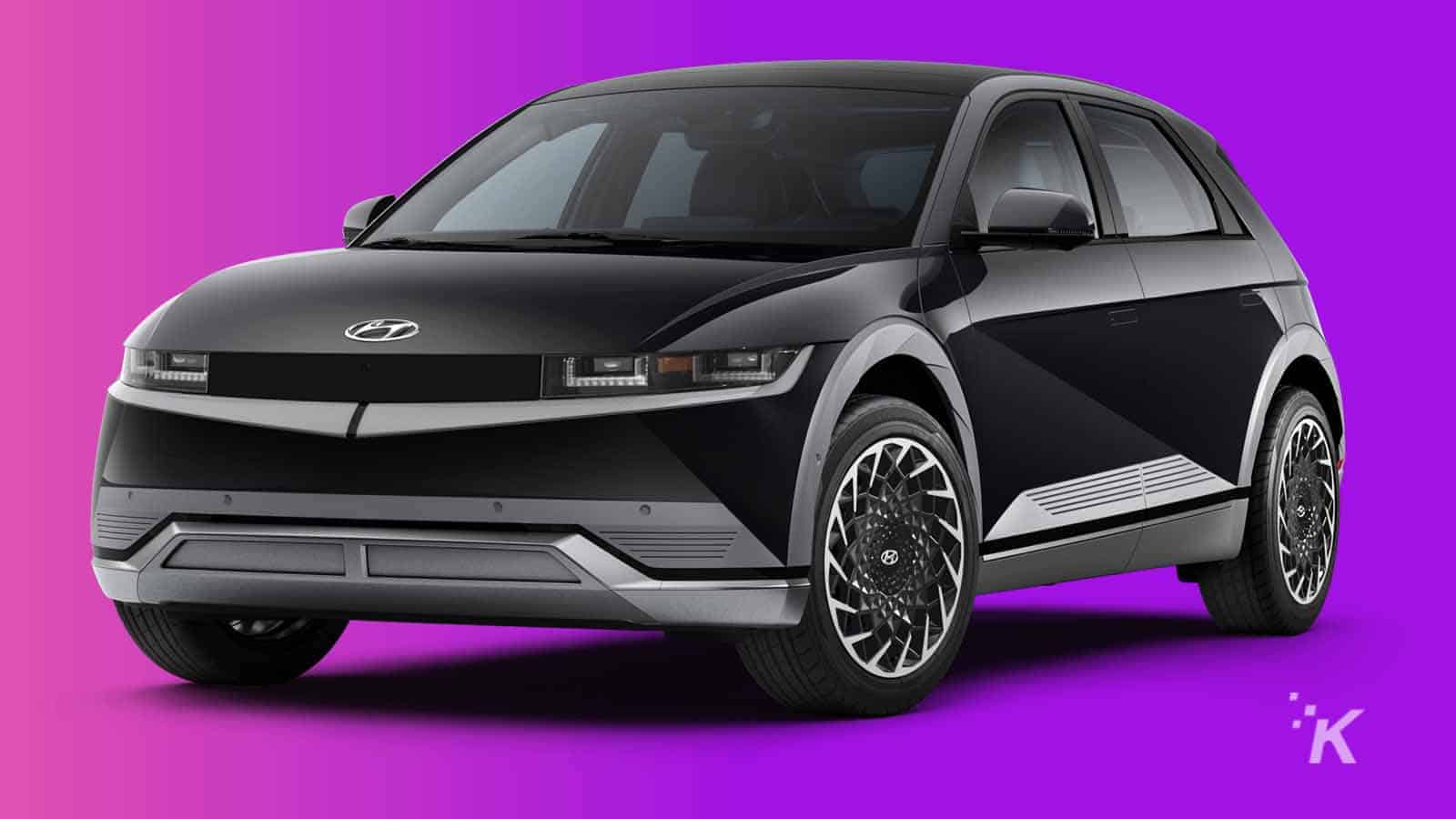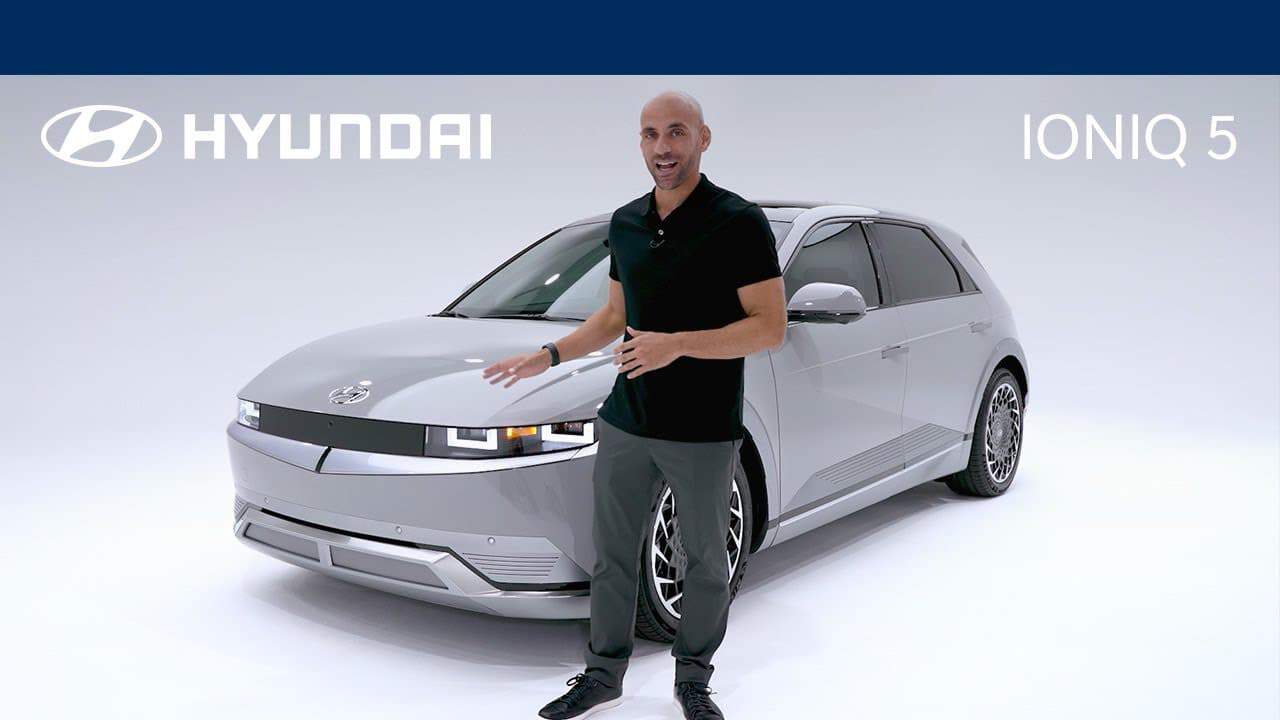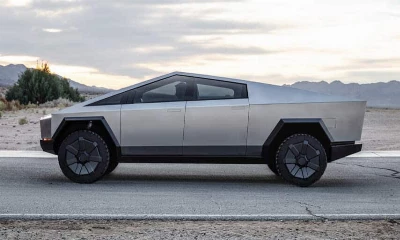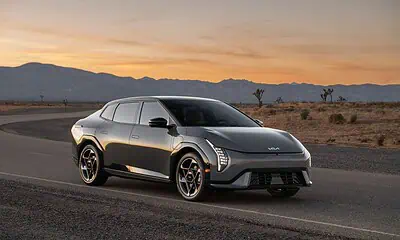Cars
Hyundai wants buyers to pay more for features their cars already have
Hyundai joins the subscription bandwagon, becoming yet another automaker asking for a monthly payment.

Just a heads up, if you buy something through our links, we may get a small share of the sale. It’s one of the ways we keep the lights on here. Click here for more.
Just when you thought your car would be a one-time purchase, Hyundai decides to join the ever-growing list of automotive companies trying to milk every last cent from your wallet with in-car subscriptions.
Yup, Features-on-Demand (FOD) is the latest gimmick from Hyundai’s newly minted Hyundai Connected Mobility division, which was proudly announced in Europe last month.
This isn’t just a simple car subscription; it’s a whole new level of pay-to-play, where you can unlock features already built into the vehicle—but only if you pay extra.
For example, your car may come with heated seats, but if you want heated steering, you’ll have to pay $8 a month to unlock that feature.
Hyundai’s move is hardly groundbreaking; it’s just the latest in a series of money-grabbing schemes by car manufacturers.
BMW faced heavy criticism for locking heated seats behind a paywall, and Mercedes did the same with their advanced rear-wheel steering system.
Audi, not wanting to miss out on the fun, charges extra for dual-zone climate control, high-beam assist, and adaptive cruise control.
All these companies seem to be taking a page out of the same playbook, hoping to turn these “features” into significant revenue streams.
The Promise and the Reality

Marcus Welz, Managing Director of Hyundai Connected Mobility, promises that these subscriptions will bring new features to older cars via software updates.
Imagine your old Hyundai EV suddenly becoming more efficient with a tweak to the electric motor or battery pack—if you’re willing to pay.
It sounds like a win-win, but let’s be real: it’s a never-ending cycle of payments to keep up with features that should arguably be included in the original purchase price.
Why are all these companies so eager to jump on the subscription bandwagon? Simple: money. I mean, duh.
Stellantis, the automotive conglomerate that owns 14 brands, estimates that subscriptions and features on demand will bring in an additional $4.3 billion annually by 2026, with projections reaching $21.5 billion by 2030.
These figures make it clear that this isn’t about enhancing the customer experience; it’s about creating ongoing revenue streams.
Not everyone is on board, though. Renault’s budget division, Dacia, openly mocked BMW’s heated seats subscription by handing out hot water bottles during test drives.
Dacia is also opposed to forcing customers to buy advanced driver assistance systems, although such technologies are becoming mandatory in the European Union. It’s a small but refreshing pushback against this lucrative trend.
What’s Next?
So, where does this leave us? If current trends are anything to go by, you can expect more and more car manufacturers to adopt these subscription models.
It’s only a matter of time before every feature, from basic safety systems to luxury add-ons, comes with an extra fee. It’s a slippery slope, and we’re already seeing the industry slide down with glee.
In short, Hyundai’s move isn’t just another blip on the radar; it’s a clear sign that the age of vehicle ownership is transforming into an age of vehicle subscriptions. Buckle up because this ride is just getting started.
Have any thoughts on this? Drop us a line below in the comments, or carry the discussion to our Twitter or Facebook.
Editors’ Recommendations:
- Ford’s new tech could turn cars into speeding snitches
- Ford is phasing out AM radio for internet streaming in 2024
- Ford wants to skip dealerships and only sell EVs online
- A $4 sticker sold on Amazon is disabling some car engines
































